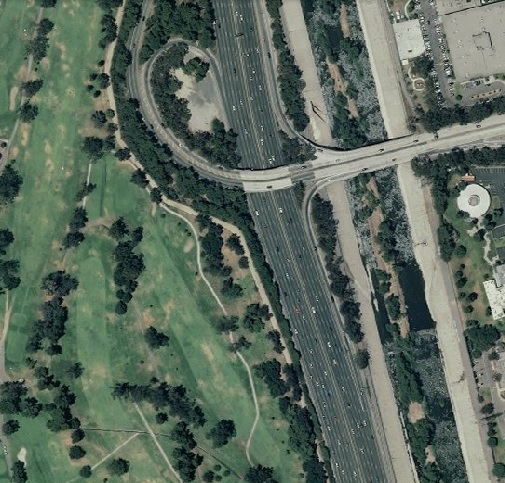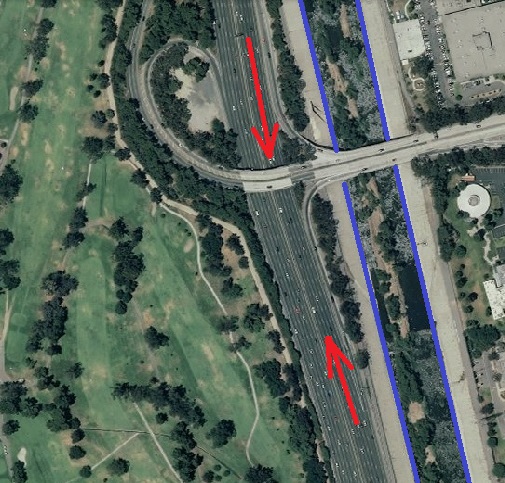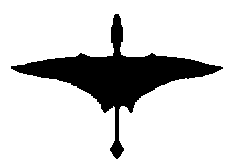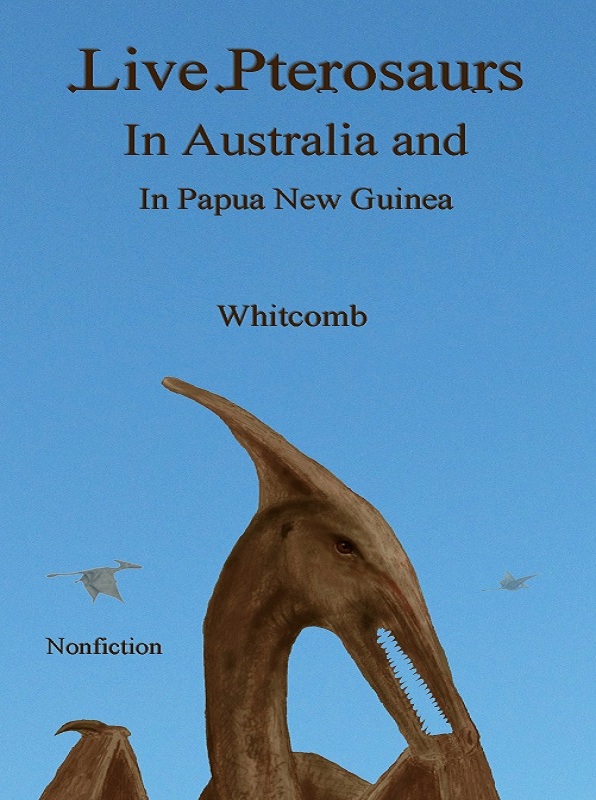Do you believe in flying dragons? Have you ever seen a large long-tailed featherless flying creature? If so, you’re not alone.
For several days, I questioned the eyewitness by emails, and I interviewed her by phone three days after the sighting. She admitted that she did not have time to determine if the three “dragons” had no feathers, for they flew over her car while she was driving on a freeway. Her first impression was that they were large and not birds, assuming it was some kind of stunt, perhaps with kites. She realized they were not kites when she saw their tails move.
She was driving north on the Interstate 5, just east of a golf course on the east side of Griffith Park, in Los Angeles, on Sunday, March 3, 2013. The flying creatures flew almost exactly over her car in the opposite direction. It was just minutes before sunrise, so the sky was no longer dark and she could see the undersides of the “dragons.” They were light colored and had a peculiar shape.
She admitted that she had no confidence in estimating how high they were flying or how large they were. She mentioned nothing to me about the nearby Los Angeles River, but I was struck by its proximity. It’s common for a sighting in Southern California to be near a storm channel or river bed (see “San Fernando Valley Sighting” below). In this case, the creatures were only 150 feet away from the Los Angeles River, a major storm drainage channel, flying parallel to it.
Question: “Did you see any neck on any of them?”
Answer: “Yes, that was another thing that tipped me off that they were not birds. They each had a distinct neck between body and head, that was more narrow and clearly visible.”
Question: “Did you see any feet on any of them?”
Answer: “I did not notice their feet.”
Question: “Is it possible that what appeared to have been tails were actually their feet held behind them?”
Answer: “I suppose it’s possible but they looked a lot like tails to me. Long and thin with a bigger point at the tip.”
.

Approximate location of sighting near Colorado Street overpass

Top arrow: direction of “dragon” flight — bottom arrow: direction of car — blue: banks of L. A. River
.
This morning . . . [within five minutes of 6:10 a.m.] I saw three “dragons” flying over the 5-North freeway between Griffith Park and Glendale. They appeared to be several feet long, with a head:body:tail ratio that was certainly not that of a bird.
A few years ago, a psychologist, Brian Hennessy, was interviewed concerning a reported sighting of a large “prehistoric” creature seen on Bougainville Island, Papua New Guinea. The psychologist was not analyzing the mental health of the eyewitness; that psychologist, Brian Hennessy, was himself the eyewitness.
Pterosaur Sighting in South Carolina
The huge featherless creature swooped down over the highway, maybe only “twenty feet” high and only “twenty five” feet in front of the car.
Are bats Food for Pterodactyls in Los Angeles?
During my teenaged years in Pasadena, when I enjoyed watching small bats at night, my younger sister had a friend, Dianne. She told my sister about the big “pterodactyl” she had seen flying around the mountains north of Pasadena.
Only a little over a mile north of the Los Angeles River
A couple was walking their dog at about 10:30 p.m., near the corner of Burbank Blvd and Woodman in the city of Sherman Oaks, California, when they saw a “very large, winged creature” gliding about 300 feet overhead. The woman described glowing or reflective portions of the wings; she described them to me in a way that suggested they were much dimmer than the bright flashes of ropens.





